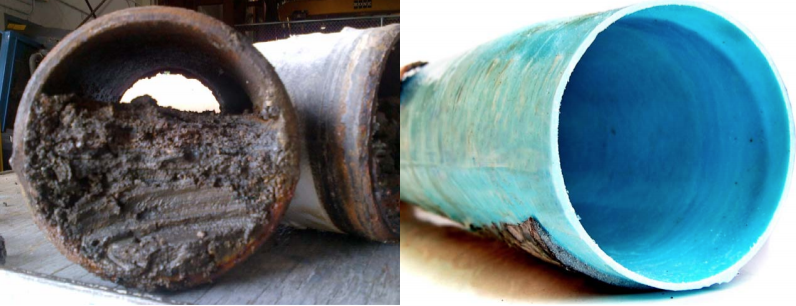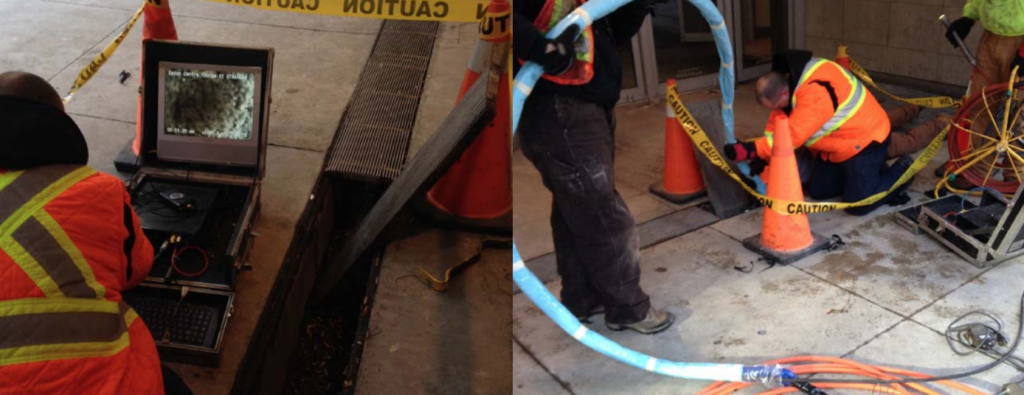
Case Study: Toronto Eaton Centre
Using Nu Flow’s patented Nu Drain technology, Ontario Pipe Lining completed a drain rehabilitation project for Toronto’s largest mall, preventing any business disruptions for the retailers, restaurants, and office spaces. Instead of choosing an expensive, time-consuming and destructive pipe replacement, the customer opted for Nu Flow’s innovative technology to greatly extend the lifespan of the pipes.
Project: The Nu Drain system was utilized to rehabilitate a failing storm drain line in-place without causing disruption within a high-traffic shopping
Site: Toronto Eaton Centre is Canada’s second largest mall, and is located in downtown Toronto, Ontario, Canada. In respect to the number of guests, this shopping mall and office complex is Toronto’s biggest tourist destination with about 1 million guests per week. It has more than 300 retailers and restaurants and is comprised of 1.7 million square feet of space, and three high-rise office buildings.
System: The underground storm drain line that runs from the public sidewalk through the mall’s covered pedestrian walking area and above tenant space. This pipe is located several feet below ground and above an underground tenant. The pipes are cast iron and have 4″ diameters.
Problem: The system cracked and leaked into tenant stores, causing destruction and disturbances. If the customer had chosen a traditional repipe, the Eaton Centre and its tenants would have suffered from inconveniences. As a result, mall guests would have lost access to one of the mall’s covered entryways for weeks.

Solution: Using Nu Flow’s patented Nu Drain technology, OPL rehabilitated the failing drain pipes without causing destruction or business disruptions for the popular mall and its tenants. The leaking storm drain line was rehabilitated in only one day. Using one access point, our technicians cleaned the pipe and then used a unique push-rod technique to insert the structural liner. Since only one access point was needed, the project site was extremely small, which prevented disruption for visitors and tenants.

